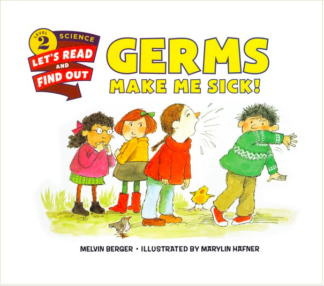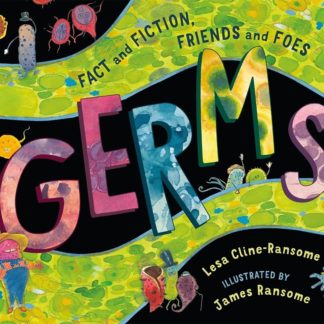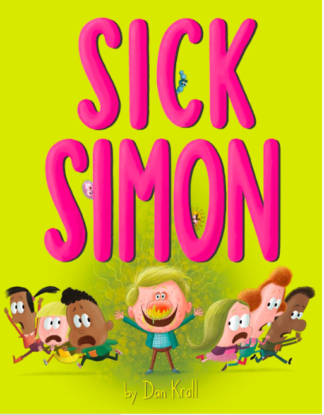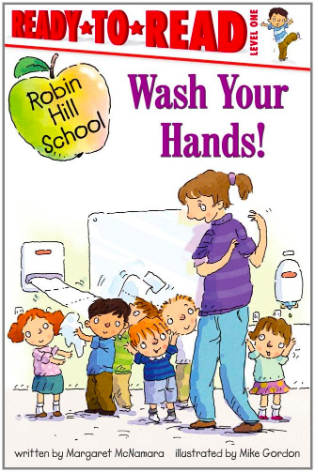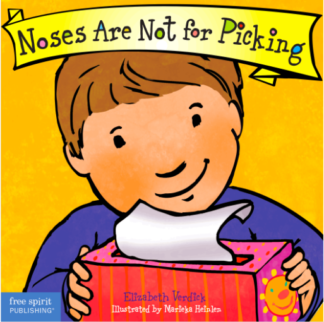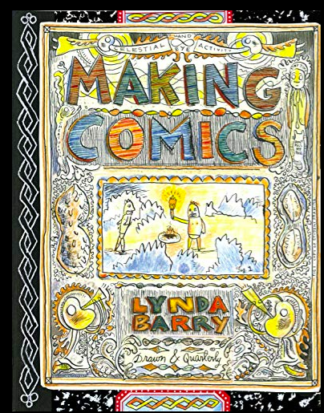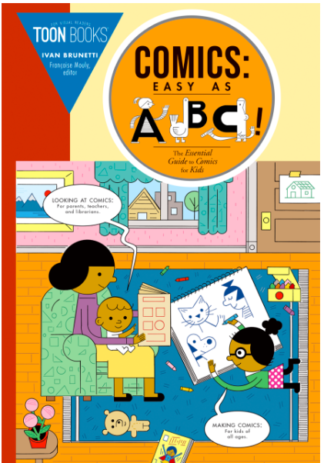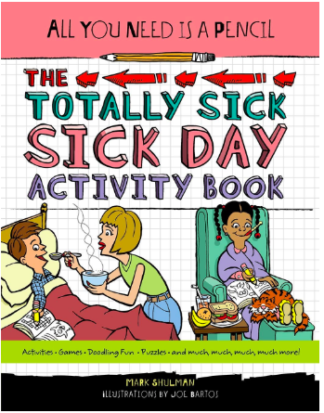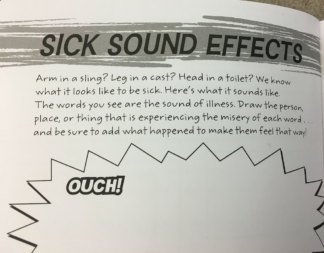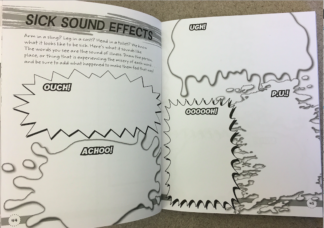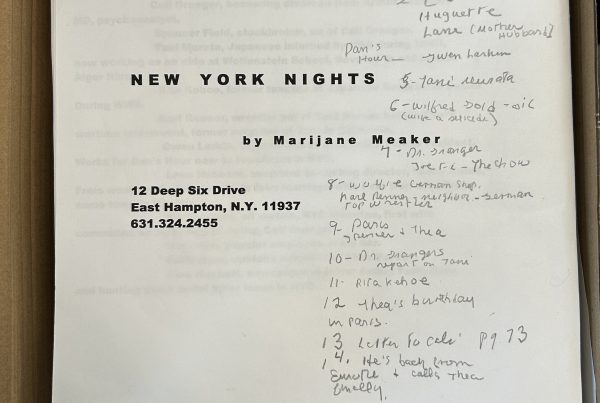Book Recommendations and University of Minnesota Information
Book Recommendations
What are germs? How do we get sick?
Germs Make Me Sick! (Let’s-Read-and-Find-Out Science 2) by Melvin Berger illustrated by Marylin Hafner 2015 Ages 4 and up
AND
Germs: Fact and Fiction, Friends and Foes written by Lesa Cline-Ransome, Illustrated by James Ransome, Holt, 2017, Ages 5 and up.
The CDC recommends staying home if you are sick- Self-quarentine.
Sick Simon by Dan Krall, 2015, Ages 5 and up.
CDC advises hand washing to prevent the spread of the virus
Wash Your Hands! (Robin Hill School) by Margaret McNamara illustrated by Mike Gordon Ages 5 and up, 2010
CDC advises to keep your hands off your face
Noses Are Not For Picking by Elizabeth Verdick, illustrated by Marieka Heinlen, 2014. Ages 2 and up.
Self-Quarantine?
A few titles to keep the care-givers and kids busy at home.
Writing Boxes: The Reading/Writing Connection provides hours of self-guided writing activities from postcard writing to comic making. All you need is paper and a pencil or pen. A free download or buy the physical book.
https://www.lib.umn.edu/publishing/writingboxes
I wrote at length about comics on Blue Ox Review a few weeks ago.
to review go to https://www.continuum.umn.edu/2020/01/comics-easy-as-abc/
Making Comics by Linda Barry.
Comics as Easy as ABC, by Ivan Brunetti, Toon Books
Make this! : building, thinking, and tinkering projects for the amazing maker in you. by Ella Schwartz National Geographic.
All You Need Is a Pencil: The Totally Sick Sick-Day Activity Book by Mark Shulman, illustrated by Joe Bartos, Charlesbridge.
And This Should Keep the Kids and Grown Ups Busy
Rip the page! : adventures in creative writing by Karen Benke, Roost Books.
A Matter of Facts: COVID-19
A Matter of Facts from the University of Minnesota Libraries
By Erin Reardon and Nicole Theis-Mahon
Background
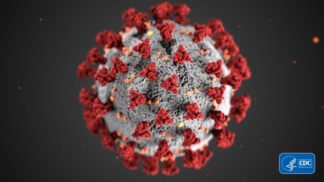
COVID-19 is an acute respiratory disease caused by a novel, or new, coronavirus first identified December 2019 in Wuhan, in China’s Hubei Province. The World Health Organization (WHO) announced the official name of COVID-19 on February 11, 2020.
Coronaviruses are a large family of viruses, some of which commonly cause mild upper respiratory tract illnesses. Common symptoms include fever, cough, and shortness of breath.
COVID-19 spreads from person to person when someone sneezes, coughs, or breathes it in. The virus might also spread by touching an object or surface with the virus on it and then touching your face, eyes, nose, or mouth.
You can prevent infection by handwashing and avoiding close contact with people who are sick.
Latest news
Since December 2019, COVID-19 has spread from China to other countries, including South Korea, Italy, Iran, and Japan. Cases of COVID-19 are also increasing in the United States.
While much of the media coverage of COVID-19 may seem worrisome, as of February 29, 2020, the Centers for Disease control and Prevention (CDC) states that the risk of someone getting COVID-19 in the United States is currently low. Travelers returning from affected areas may face a higher risk. Moreover, this is a changing and evolving situation. Up to date information is available from the CDC’s Situation Summary, which also includes travel information.
Take normal precautions to stay healthy, such as washing your hands, covering coughs and sneezes, and staying home when you are sick. This will help prevent the spread of all contagious illnesses, including the cold, the flu, and COVID-19.
If you feel sick, the best thing to do is to talk to your doctor about your concerns.
Resources for research and understanding
U of MN Libraries resources
- COVID-19 (Novel Coronavirus) summary from DynaMed, an evidence-based health information resource. Provides general information, along with information on epidemiology, etiology, diagnosis, management, and prognosis.
- COVID-19 Resources and Tools from health publisher Wolters Kluwer/Ovid. Offers access to published articles on COVID-19.
- Coronavirus COVID-19 articles from the National Library of Medicine’s PubMed database.
Trusted online health information
- Coronavirus COVID-19 Global Case visualization of virus cases, deaths, and recoveries by Johns Hopkins Center for Systems Science and Engineering (CSSE).
- Coronavirus Disease 2019 (Covid-19) by the CDC.
- Coronavirus Infections (consumer Information) also in Spanish by the NIH National Library of Medicine.
Resources for the U of M campus
U of M research and expertise from Experts@UMN
- Michael T. Osterholm, PhD, MPH, Leader, Center for Infectious Disease Research and Policy
- Marie R. Culhane, PhD, DVM, expert in viral disease transmission between animals and humans, College of Veterinary Medicine
- Susan E. Kline, MD, MPH, Interim Director, Infectious Diseases and Internal Medicine
About the Authors
Erin Reardon, MFA, MLIS, is a Medical School Librarian.
Nicole Theis-Mahon, MLIS, AHIP, is the Collection Coordinator for the Health Sciences Libraries and Dentistry Librarian.
Disclaimer
Online health information should not be used for medical advice, diagnosis, or treatment. All content in this article is for general information only.

